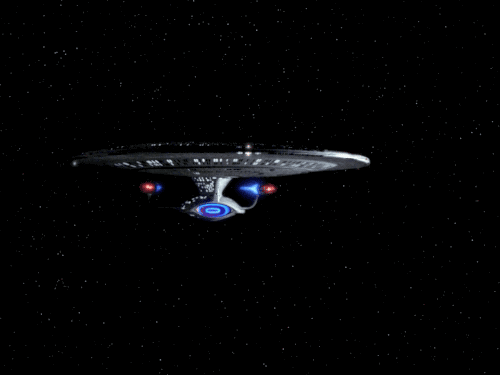Tags
With Space-X and Orbital ATK back on the launch pad after spectacular failures, Elon Musk giving marathon speeches about his slightly-nuts space-bus-to-Mars concept, Blue Origin announcing it’s New Glenn vehicle, and a bunch of other small start-ups doing new and cool things, PLUS the discovery of a slew of nearby (in the galactic sense) planets in their star’s habitable zone, it’s an exciting time for space enthusiasts.
This makes me ask the question, how did Victorians imagine space travel? I wrote years ago about the 19th century theory of Martian canals, long since debunked of course. But we’re talking about space travel, not astronomy. How did Victorians imagine humans could get to space?

The most notable Victorian spaceship was that imagined by Jules Verne in his 1865 novel From the Earth to the Moon. His idea was a giant black powder cannon that would shoot a house-sized bullet into space, with people inside the bullet. This seems kind of crazy now, but in 1865, there was no such thing as a “rocket.” It was decades before Konstantin Tsiolkovsky would publish his pioneering works in spaceflight and astronautics, proving the possibility of reaching orbit with a rocket. It was even longer before Oberth and Goddard started actually building some. I can see how a giant gun would be a logical conclusion for how to launch a projectile into space considering contemporary technology. However, if Verne had done the math, he would have found that the acceleration on the bullet coming out of such a gun would be 1. impossible to attain and 2. deadly to the people on board. But at this point, I don’t think anyone even knew how fast escape velocity was (I think that was Tsiolkovsky again – someone give that man a Google doodle!), so I’m not sure Verne could have done these calculations even if he’d wanted to.
Interestingly, Verne’s bullet-shaped manned capsule isn’t too far off from our current reality, though the reasoning behind it is backwards. Verne’s projectile was bullet-shaped, I assume, for the same reason any bullet is bullet-shaped; that is, to reduce drag. In Verne’s case, that is specifically during ascent through the atmosphere into space. Reducing aerodynamic drag on the capsule in turn reduces the amount of energy needed to reach escape velocity. Our modern manned capsules are similarly shaped, but for the opposite reason. Manned capsules like the Soyuz or the old Mercury, Gemini, and Apollo capsules re-enter pointy-side UP. These capsules are designed to increase drag as much as possible by presenting a blunt end to the freestream. Higher drag actually decreases aerodynamic heating, keeping the capsule cooler. During re-entry, the capsules also need the slowing effect of aerodynamic drag, as they have to be subsonic before they can release parachutes.
So we can rule out the space cannon as a viable way to put Victorians in space. Any other ideas? Much later, in 1902, H.G.Wells imagined a spaceship made out of an imaginary gravity-defying material in The First Men in the Moon. Wells had a tendency to gloss over the technical details, and it’s been a long time since I’ve read that one, so I can’t say much for the design of that spacecraft. Suffice it to say, it’s nothing like our current launch vehicles, and gravity-defying material not only doesn’t exist, it is completely nonsensical. All massive objects exert a gravitational pull on one another. There’s no such thing as defying gravity. So how else to get there?
One possible option with Victorian technology might be a rail-gun, a projectile launcher that accelerates the projectile using electromagnetism induced by current flow through rails along which the projectile runs. By the late 19th century, Maxwell (a major hottie) had figured out the connection between electricity and magnetism, so it’s conceivable Victorians could have launched projectiles using electromagnetic fields. I doubt they could ever get enough current flow to reach any appreciable accelerations, though – certainly not escape velocity from Earth (though this has been studied by modern scientists as a cheaper launch method than rockets). And again, the accelerations would be too great for humans to withstand, so no people on this flight either.
But back to those exoplanets! Are you psyched to visit? Don’t get too excited about taking your steampunk spaceship there just yet. I did the math on this one, and it doesn’t look good. The fastest manmade object ever will be NASA’s Solar Probe Plus that will launch in 2018. Its top speed will be a blistering 450,000 mph. But that’s only .067% of light speed. Those exoplanets are 40 light-years away. That means that at light speed, it would take 40 years to get there. At .067% of light speed, it would take almost 60,000 years to get there. We need another Tsiolkovsky to invent an entirely new way to travel before we can even dream of getting to those new worlds. Perhaps in another 150 years, people will look back on modern rockets the same way I look back on Verne’s space cannon, as hopelessly inadequate for the real task of space travel and far inferior to current technologies. Here’s hoping Gene Roddenberry’s vision proves more enduring than Verne’s.



